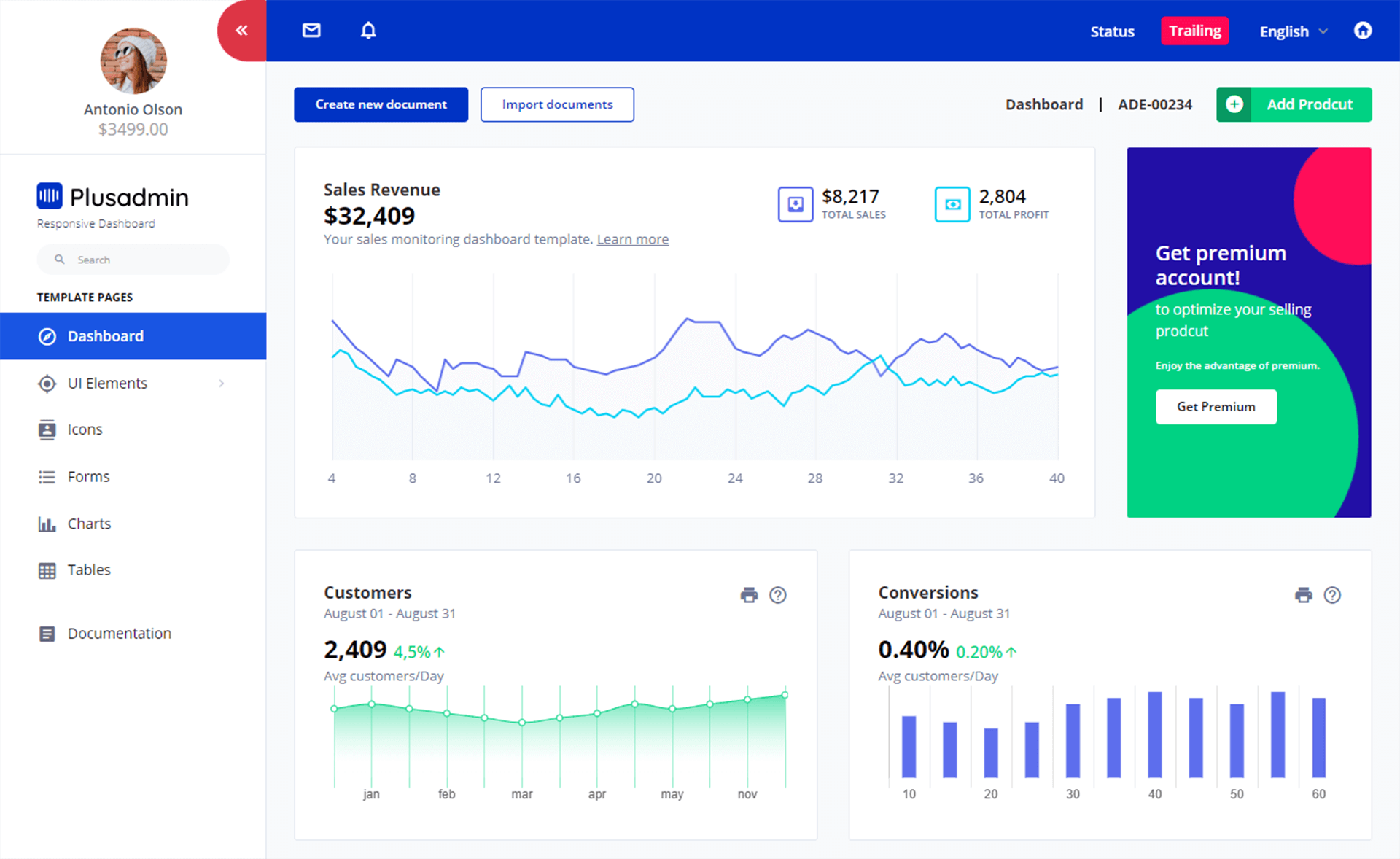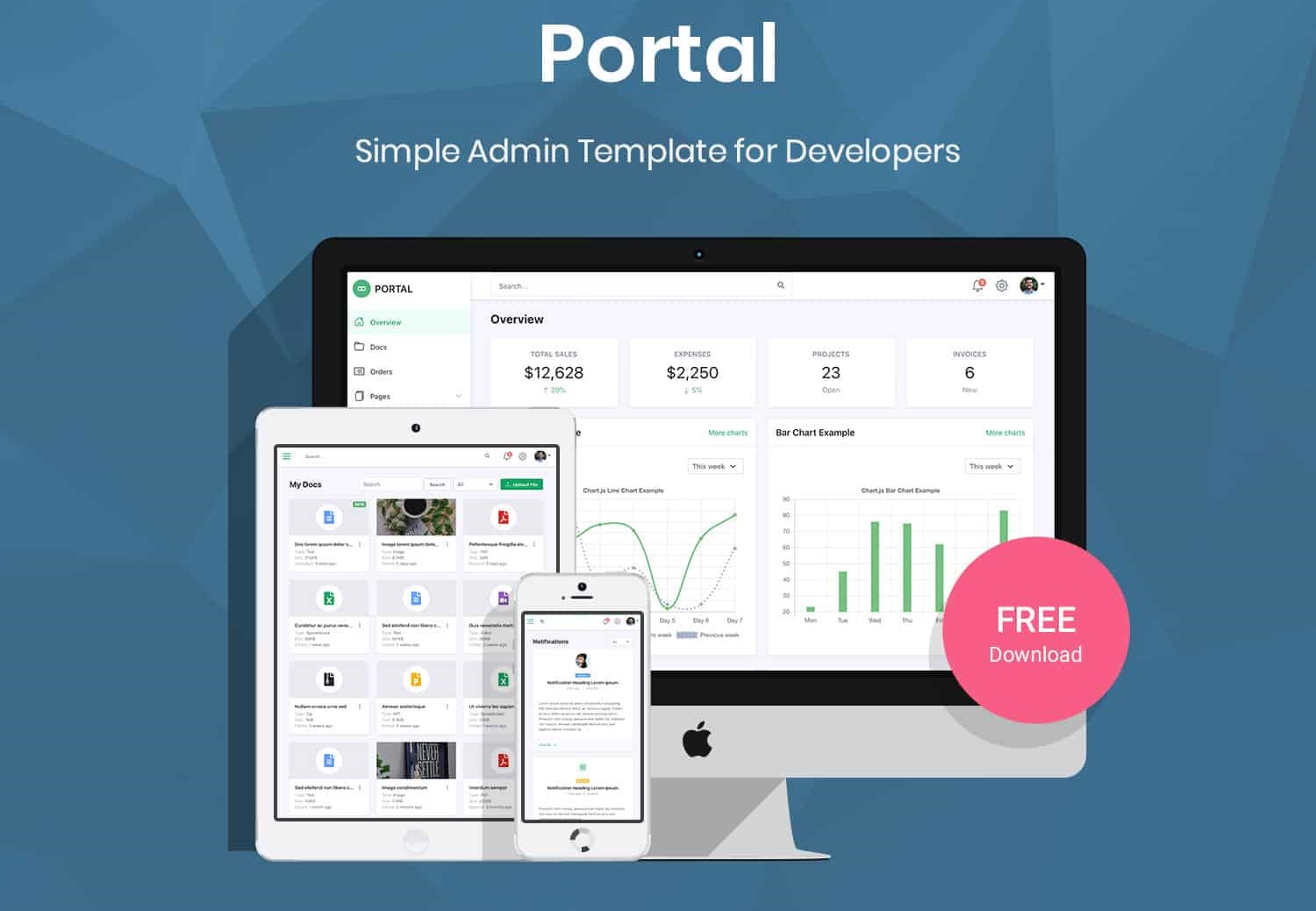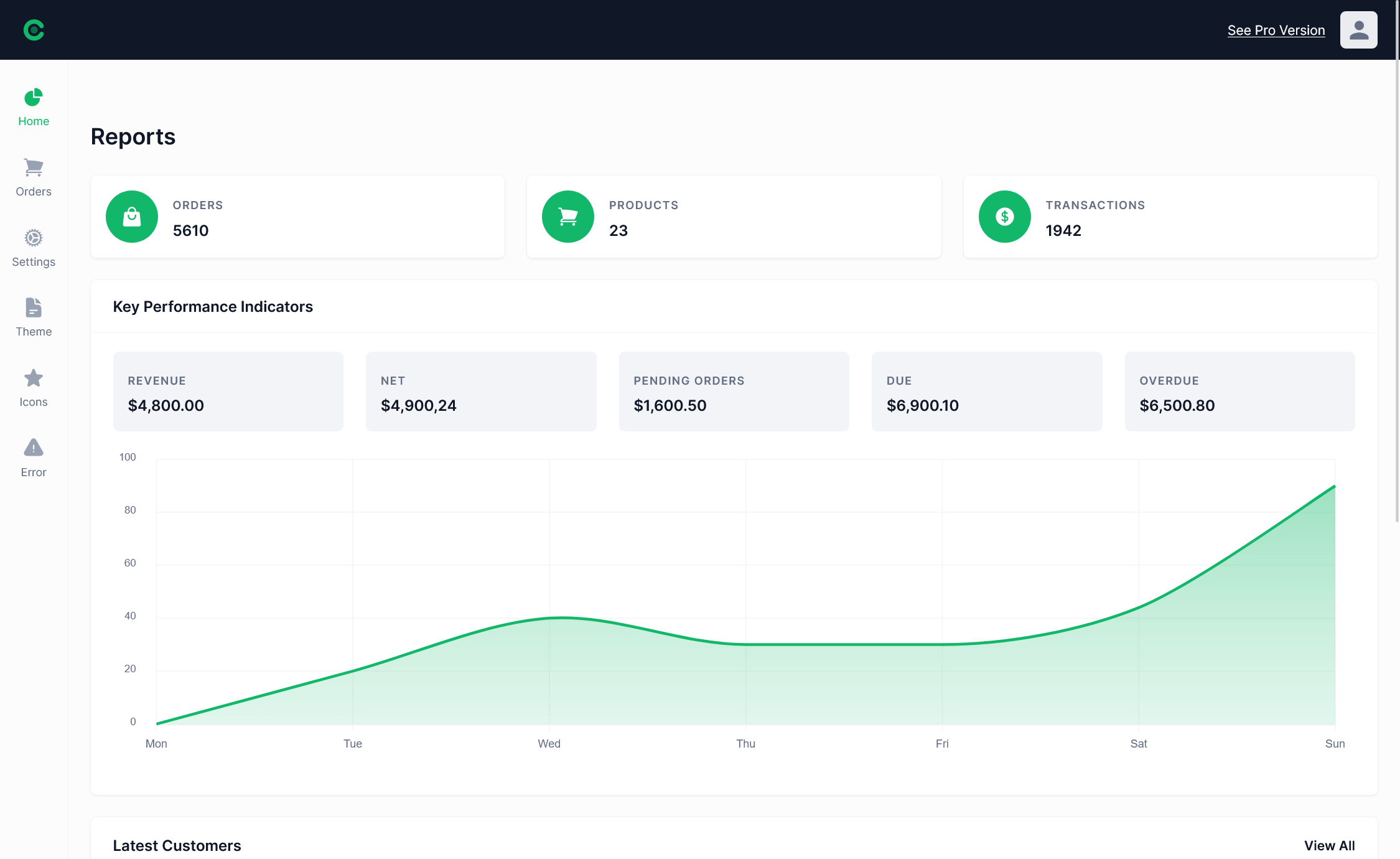How to Handle Button Clicks Using jQuery
By Tan Lee Published on Nov 26, 2024 402
In this guide, we'll walk through how to handle button click events using jQuery. Button clicks are one of the most common user interactions on a web page, and with jQuery, it's easy to manage these events and make your website more interactive.
For example:
<!DOCTYPE html>
<html lang="en">
<head>
<meta charset="UTF-8">
<title>Button Click with jQuery</title>
<script src="https://code.jquery.com/jquery-3.6.0.min.js"></script>
</head>
<body>
<button>Click Me</button>
<script>
$(document).ready(function(){
$("button").click(function(){
alert("Button clicked!");
});
});
</script>
</body>
</html>
In this example, when the button is clicked, the message "Button clicked!" will appear in an alert box.
You might want to target a specific button, rather than all buttons. You can do this by assigning an id or class to the button.
For example:
<!DOCTYPE html>
<html lang="en">
<head>
<meta charset="UTF-8">
<title>Specific Button Click</title>
<script src="https://code.jquery.com/jquery-3.6.0.min.js"></script>
</head>
<body>
<button id="myButton">Click Me</button>
<script>
$(document).ready(function(){
$("#myButton").click(function(){
alert("My button clicked!");
});
});
</script>
</body>
</html>
You can also pass data when the button is clicked. For example, you can capture the text of the button when clicked:
<script>
$(document).ready(function(){
$("button").click(function(){
var buttonText = $(this).text(); // Get the text of the button
alert("You clicked: " + buttonText);
});
});
</script>In case your button is part of a form and you don’t want it to submit the form, you can prevent the default action
For example:
<!DOCTYPE html>
<html lang="en">
<head>
<meta charset="UTF-8">
<title>Prevent Default Action</title>
<script src="https://code.jquery.com/jquery-3.6.0.min.js"></script>
</head>
<body>
<form>
<button type="submit">Submit Form</button>
</form>
<script>
$(document).ready(function(){
$("button").click(function(event){
event.preventDefault(); // Prevent form submission
alert("Form submission prevented!");
});
});
</script>
</body>
</html>
In this case, when the "Submit Form" button is clicked, the form will not be submitted, and the alert will display.
If you're adding buttons dynamically (for example, through JavaScript), you'll need to use event delegation to bind events to those buttons.
For example, handle clicks on buttons that are added to the DOM after the page loads.
<!DOCTYPE html>
<html lang="en">
<head>
<meta charset="UTF-8">
<title>Dynamically Added Button Click</title>
<script src="https://code.jquery.com/jquery-3.6.0.min.js"></script>
</head>
<body>
<script>
$(document).ready(function(){
// Adding a button dynamically
$("body").append('<button class="dynamicButton">Dynamic Button</button>');
// Event delegation to handle click on dynamically added button
$(document).on("click", ".dynamicButton", function(){
alert("Dynamically added button clicked!");
});
});
</script>
</body>
</html>
Handling a button click using jQuery is a simple yet powerful way to interact with users on your website. As you can see, jQuery provides several methods to capture and manage button click events.
- How to use sweetalert2
- How to Pass string parameter in an onclick function
- How to format number with commas and decimal in Javascript
- What does 'use strict;' means in Javascript
- How to detect if caps lock is pressed in Javascript
- How to create a Custom Event in Javascript
- How to Check if an Object Has a Property Properly in JavaScript
- How to convert an Uint8Array to string in Javascript





